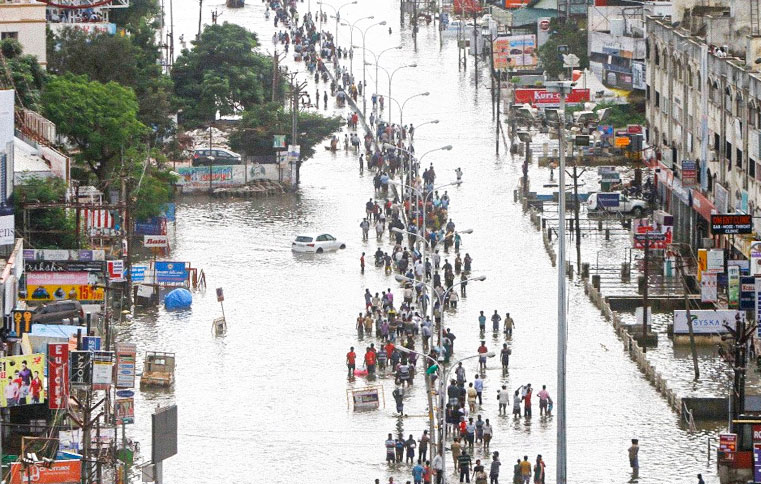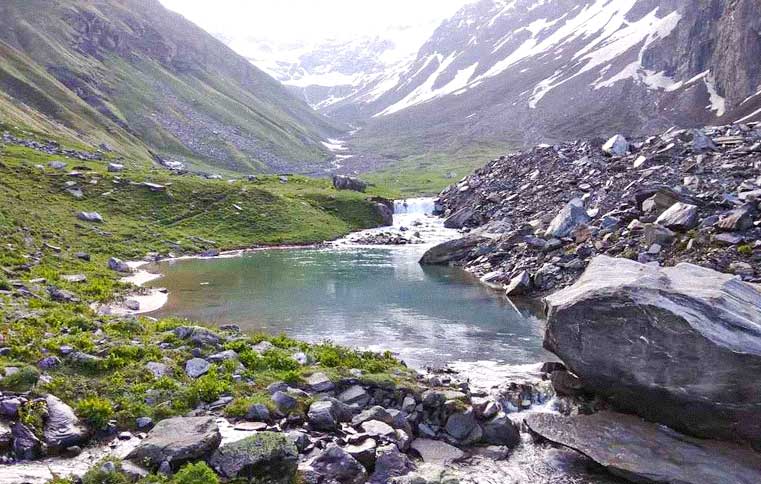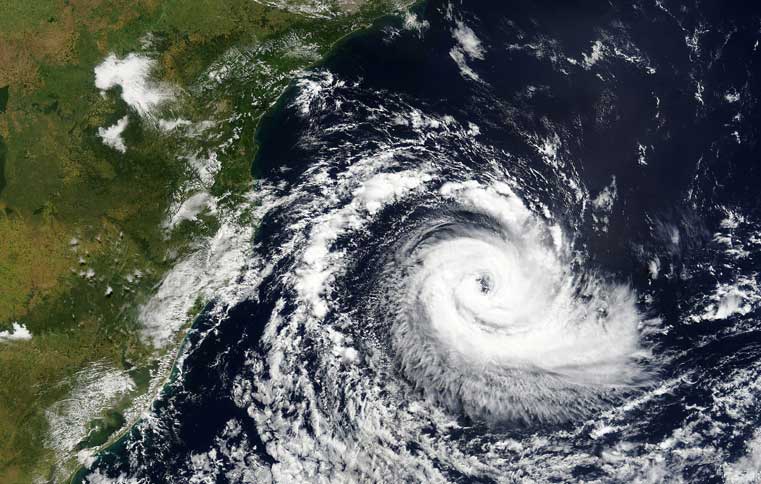What do water terminologies like scarcity, stress and risk really mean?
By: Kamakshi Tatkare | Date: 10th June 2020
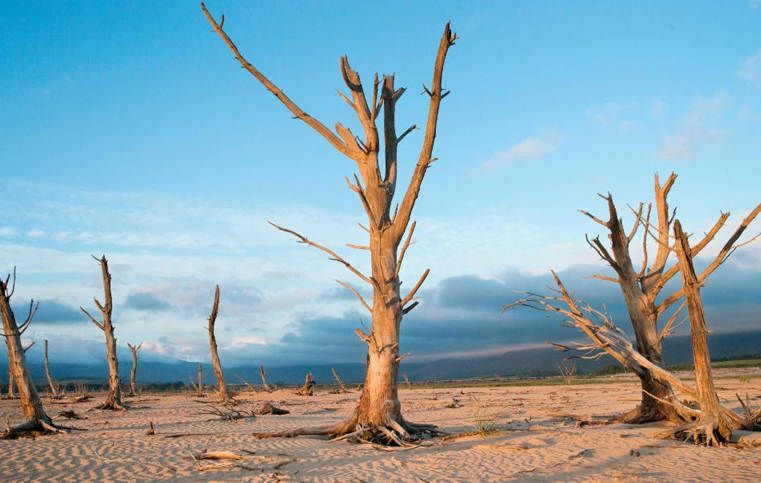
Water is involved in everything and it is affected by everything. Climate change will also affect the availability, quality and quantity of water required for basic human needs, thus undermining enjoyment of the basic rights to safe drinking water and sanitation for billions of people, appraises the latest UN report.
As of 2020, around 2.2 billion people do not have access to safely managed drinking water, and 55% of the world’s population, are without safely managed sanitation.
About 844 million people lack basic drinking water access which is more than 1 of every 10 people on the planet. Moreover, females spend an estimated 200 million hours hauling water every day in countries struggling water challenges.
There are certain terms used to indicate geographic locations where water-related challenges are more prominent, called “water scarcity”, “water stress”, and “water risk”.
These three terms refer to three distinct concepts and are yet used interchangeably due to lack of awareness. This article aims at demarcating this distinction and the relationship between these situations.
Back in 2014, institutions like CEO Water Mandate, Alliance for Water Stewardship, CDP, Ceres, The Nature Conservancy, Pacific Institute, Water Footprint Network, World Resources Institute, and WWF together came up with definitions of these terms.
Water Scarcity:
They defined Water Scarcity as “The volumetric availability, or lack thereof, of freshwater supply”. Water scarcity is the ratio of Water Consumption to available Renewable Supply.
The United Nations estimates that about 1.9 billion people live in water-scarce areas. If current trends continue, this number will rise to around 3 billion by 2050, with up to 5.7 billion people living in areas experiencing water scarcity at least one month per year.
Water scarcity is said to be a way to asses and compare the health of river systems. Along with other factors, water scarcity assists in the measurement of water risk.
Water Stress:
These institutions defined water stress as “The ability, or lack thereof, to meet human and ecological water demand”. Water stress is the ratio of Total water withdrawal to available Renewable supply.
The World Resource Institute estimates that by 2030, 45 cities all over the world, with populations above 3,000,000 could experience high water stress.
Water stress takes into account wider range of factors and it is therefore more useful than water scarcity in assessment of water risks.
Water Risk:
Water risk was defined as “The probability and severity of an entity experiencing a harmful water-related event to the possibility of an entity experiencing a water-related challenge (e.g., water scarcity, water stress, flooding, infrastructure decay, drought).”
They quote it further as “The extent of this water risk depends on the likelihood of a specific challenge occurring and the severity of the challenge’s impact. The severity of impact itself depends on the intensity of the challenge, as well as the state of being exposed to the possibility of being harmed of the actor.”
Water risks tell us how water related challenges might affect communities, governments, companies, businesses and others.
It is said to be the most useful term in decision making and strategic planning for business viability. But it might not be useful in leading towards sustainability in particular water basins.
It means that if the infrastructure that supplies water to an organization is damaged then the organization might face certain obstacles and thus may face water risks. In such conditions the water basin is unlikely to be affected.
This suggests that water crisis occurs when amount of drinking water in a region does not meet the demand of that region. About 163 million people in India lack access to clean and safe water and over 140,000 children fall victim to and die of diarrhea each year, according to WaterAid.
Across our Nation it is estimated that annually 600 million citizens struggle with water shortages and nearly 200,000 lose their lives due to inadequate or unsafe access to water supplies.
Relationship between Scarcity, Stress and Risk:

Water Scarcity deals with extent of availability and non-availability of water. It is an indicator for locations where the amount of water consumption is higher than the amount of water resources available in that region.
Water Stress is composed of the following three:
- Water Availability
- Water Quality
- Water Accessibility
Water Scarcity and other indicators like biological oxygen demand, access to drinking water etc can be used to assess Water Stress.
According to WWF, companies identify operations in water-stressed areas, when:
- Baseline water stress is greater than 40%. According to WRI, Baseline water stress measures total annual water intake or withdrawal, by municipality, industrial and agricultural sector, represented as total available annual flow. When there is more competition amongst users then the value of Baseline water stress is higher.
- Annual renewable water supply per person is less than 17,000 m3.
- Physical water scarcity is greater than 75%.
- Annual average monthly blue water scarcity is greater than 100%.
Water scarcity and stress both indicate risks due to basin conditions.
Organizations and companies can gain strong cognizance of Water Risks after analyzing various components of water stress, governance and other non-water-related-stress factors.
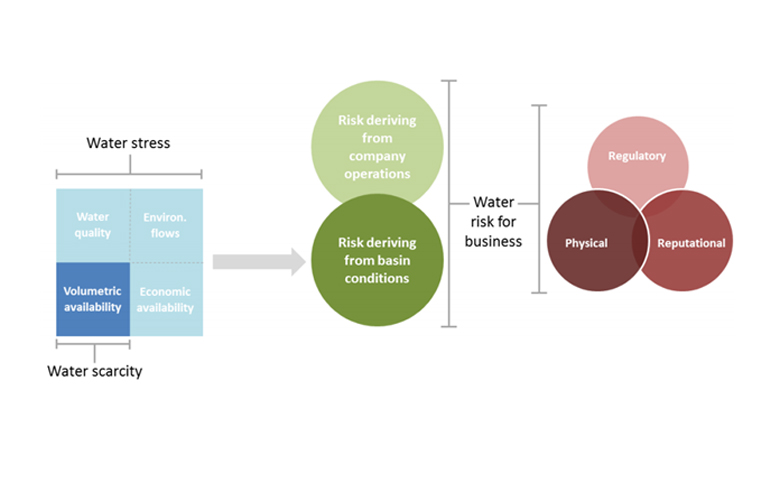 Image Source: World Resource Institute
Image Source: World Resource Institute
Various institutions conceptualize and define water terminologies in different ways. But understanding water terminologies is important to communicate insights and findings effectively and in a meaningful manner.





